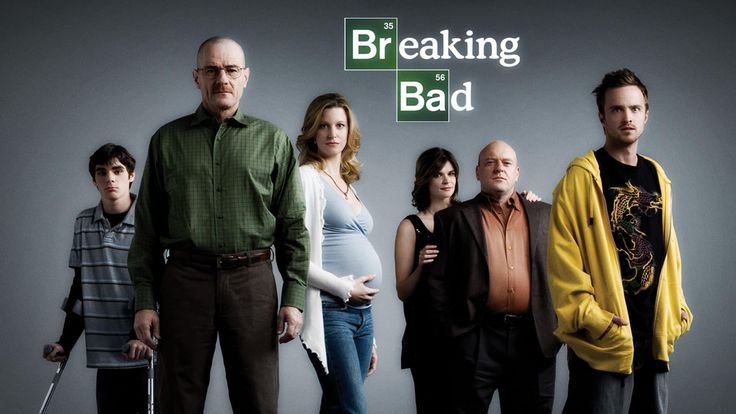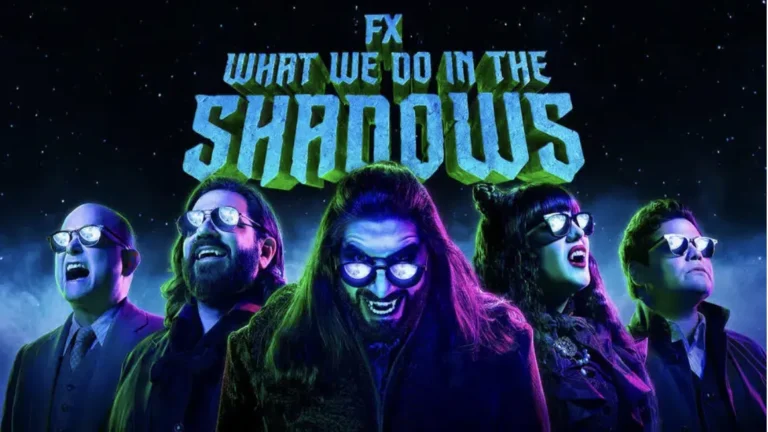Breaking Bad Web Series: A Deep Dive into the Masterpiece

Introduction to Breaking Bad
“Breaking Bad” is widely regarded as one of the greatest television shows of all time. Premiering in 2008, the show captivated audiences with its intense storytelling, complex characters, and moral quandaries. Set in Albuquerque, New Mexico, the series tells the story of Walter White, a high school chemistry teacher turned methamphetamine kingpin. “Breaking Bad” is not just a crime drama; it’s a compelling exploration of human nature, morality, and the choices that shape a person’s fate.
The Creation of Breaking Bad
The vision behind “Breaking Bad” was brought to life by Vince Gilligan, a seasoned writer and producer with a background in shows like “The X-Files.” The concept was simple but powerful: a man at his lowest point turns to crime in a desperate bid to provide for his family after a terminal cancer diagnosis. What followed was an unpredictable and brutal series that turned television conventions on their head. Breaking Bad became a groundbreaking show, attracting fans and critics alike.
Vince Gilligan’s Vision
Vince Gilligan, the creator of “Breaking Bad,” wanted to explore what would happen if a “Mr. Chips” character—someone mild-mannered and respectable—turned into a villain. This concept led to the development of Walter White. Gilligan’s talent for blending intense drama with moments of dark humor became one of the show’s defining qualities. The series was built on the idea that “every action has a consequence,” a theme that resonates deeply throughout the show’s five seasons.
See also: Golmaal 5: The Anticipated Return of a Bollywood Comedy Franchise
The Development Process
The show’s development involved a gradual evolution. Initially, “Breaking Bad” was conceived as a dark comedy, but as the series progressed, it embraced deeper, more complex themes. The transformation of Walter White from a suburban teacher to the ruthless drug lord Heisenberg was at the core of the plot. Each season pushed the boundaries of what audiences expected from a TV show, resulting in a more refined and powerful narrative.
Plot Overview
At its core, “Breaking Bad” follows the story of Walter White (Bryan Cranston), a high school chemistry teacher who, after being diagnosed with terminal cancer, partners with a former student, Jesse Pinkman (Aaron Paul), to manufacture and sell methamphetamine. Walter’s initial goal is to secure his family’s financial future, but over time, he becomes addicted to the power and money that his new criminal life provides. The show explores Walter’s moral decline and the effects of his choices on everyone around him.
The Transformation of Walter White
Walter White’s journey is one of the most compelling aspects of the show. Starting as a mild-mannered teacher, Walter transforms into the infamous drug lord Heisenberg. His transformation is gradual, and each decision he makes chips away at his moral compass, making him less sympathetic and more dangerous. The show masterfully depicts the human cost of his decisions, showing that the consequences of his actions extend far beyond his own life.
Key Story Arcs
Several major story arcs shape the narrative of “Breaking Bad.” One of the most prominent is the relationship between Walter and Jesse. Their partnership is initially born out of necessity, but over time, it evolves into a complex emotional bond. Jesse struggles with guilt over his involvement in the drug trade, while Walter becomes increasingly manipulative and ruthless. Their dynamic is both tragic and riveting.
The Rise of Heisenberg
The persona of Heisenberg represents Walter’s complete embrace of his criminal alter ego. As Walter’s confidence grows, so does his willingness to break laws, betray his family, and make violent decisions. This persona becomes both a source of pride and a dangerous influence on Walter’s actions. The evolution of Heisenberg is a central theme of the series and represents the allure of power and control.
Iconic Characters
“Breaking Bad” is known for its richly developed characters, each of whom adds depth and complexity to the series.
Walter White (Heisenberg)
Walter White’s transformation is the backbone of “Breaking Bad.” At the start of the series, he is a struggling teacher, but as he becomes Heisenberg, he gains power, respect, and fear from those around him. This transformation is heartbreaking as Walter’s decisions become increasingly selfish, and his moral decay reaches its peak.
Jesse Pinkman
Jesse is perhaps the most empathetic character in the series. As Walter’s partner, he becomes entangled in the drug trade, but unlike Walter, he feels the weight of his actions. Jesse’s inner turmoil and emotional struggles provide a human counterpoint to Walter’s descent into darkness.
Skyler White
Skyler White is Walter’s wife, and her journey is fraught with moral dilemmas as she becomes more aware of her husband’s illegal activities. Her arc is complex, as she tries to protect her family while grappling with her own ethical concerns. Skyler’s transformation mirrors the chaos unfolding in Walter’s life.
Saul Goodman
Saul Goodman, played by Bob Odenkirk, is the comic relief in a series dominated by heavy themes. He is a morally ambiguous lawyer who helps Walter and Jesse navigate the criminal world. Saul’s sharp wit and colorful personality made him an audience favorite and led to the spin-off prequel series, Better Call Saul.
Themes and Symbolism
“Breaking Bad” is rich in themes and symbolism, which are integral to understanding the series on a deeper level.
Morality and Corruption
At its heart, “Breaking Bad” is an exploration of morality. It asks the question: how far can someone go before they lose their moral compass? Walter’s actions illustrate the slippery slope from good to evil, showing that corruption is not always a dramatic, immediate change, but a gradual process.
Power and Consequences
The series delves deeply into the theme of power and its consequences. Walter’s initial desire to secure his family’s financial future quickly turns into a lust for power, and his inability to turn back leads to devastating consequences for him and those around him.
Family and Loyalty
The show also explores the theme of family and loyalty. Walter’s actions are often justified by his desire to provide for his family, yet his actions tear his family apart. The breakdown of relationships within the White family underscores the devastating impact of his choices.
Cinematic Excellence
The visual storytelling in “Breaking Bad” is unmatched. The show’s cinematography plays a significant role in heightening the tension and drama of the story.
Cinematography in Breaking Bad
The show’s use of cinematography is a masterclass in visual storytelling. From the iconic shots of the desert landscape to the intimate close-ups of characters’ faces, the visual style enhances the emotional depth of the series.
Iconic Scenes and Shots
“Breaking Bad” features some of the most memorable scenes in television history. The desert standoff, the “I am the danger” scene, and the infamous “Say my name” moment are just a few of the moments that have become iconic in pop culture.
Critical Reception
The show received widespread critical acclaim for its writing, acting, and direction.
Awards and Accolades
“Breaking Bad” swept the Emmy Awards, winning numerous accolades, including Best Drama Series, and recognition for its stellar performances, particularly by Bryan Cranston and Aaron Paul.
Fan Reactions and Legacy
The series also created a dedicated fanbase that continues to engage with the show through fan theories, online discussions, and merchandise. “Breaking Bad” remains a pop culture touchstone that influences TV shows and films to this day.
Breaking Bad’s Influence on Television
“Breaking Bad” changed the landscape of television. Its influence is seen in the rise of antihero characters in other shows and the broader shift toward complex, serialized storytelling.
The Rise of Antiheroes in TV
Walter White’s transformation into Heisenberg paved the way for other antiheroes, such as Tony Soprano from The Sopranos and Frank Underwood from House of Cards.
TV Show Format Innovation
The show also popularized the format of darker, more serialized TV dramas that explore complex moral themes and character development.
Conclusion
“Breaking Bad” is a cultural phenomenon that continues to resonate with audiences around the world. Its compelling characters, thought-provoking themes, and cinematic brilliance have made it a timeless masterpiece in the history of television.
